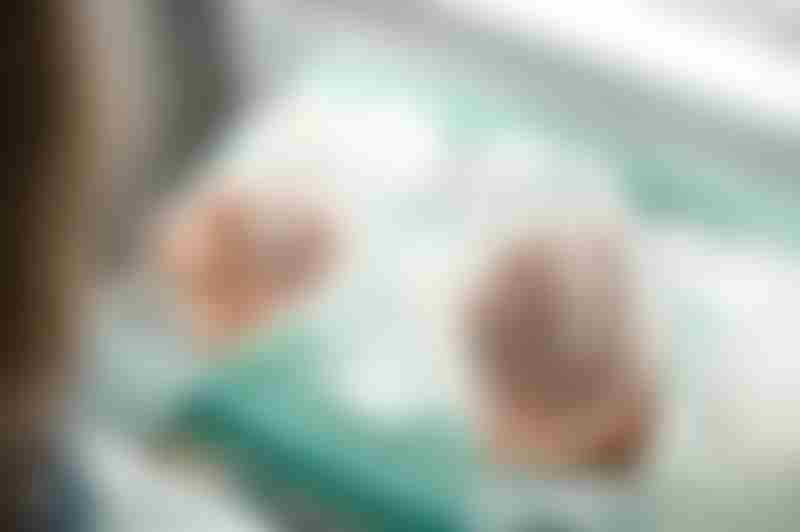Getting Breast Implants After Breast Cancer Surgery

Source: Shutterstock
Surgery for breast cancer is a journey that can be both physically and mentally challenging. This journey can bring about many changes in your body and mind, especially since it involves a personal and sensitive part of your physicality. You may find yourself thinking about your body image post-surgery and considering options to restore your self-confidence. Breast implants are one of those options. This article will provide you with a comprehensive guide to breast implants to help you make an informed decision. The decision to get breast implants is yours to make, but it is always recommended to prioritize your health while also considering what makes you feel good.
What are breast implants?
Breast implants are medical devices used for breast augmentation or reconstruction. They are typically made of a silicone shell that is filled with either saline (sterile saltwater) or silicone gel. Breast implants can enhance the size, shape, and appearance of breasts for cosmetic reasons or be used to restore breast shape after surgery, such as mastectomy for breast cancer.
Below are the different types of breast implants:
- Saline implants
These implants are filled with sterile saline solution after they are placed in a pocket under either the muscle or skin during surgery. Saline implants can be adjusted for size during the surgery by adding or removing saline. These are called tissue expanders. They tend to have a firmer feel compared to natural breast tissue.
- Silicone gel implants
Silicone gel implants come prefilled with a cohesive silicone gel that feels more like natural breast tissue. They are available in various sizes and shapes. Cohesive gel implants are designed to maintain their shape even if the outer shell is damaged.
How are breast implants placed?
Breast implant surgery after a mastectomy involves creating a pocket within the skin and tissues under the skin or under the chest muscle where the implant is placed. The implant is then positioned within this pocket.
There are two main methods for placing breast implants:
- Pre-pectoral placement
This method involves placing the implant just beneath the skin that was left after the mastectomy. The implant is situated over the chest muscle and mimics the natural position of the breast tissue. In this case, however, the implant is protected only by a layer of skin. Surgeons may use a mesh called a pre-pectoral pocket or a material called an acellular dermal matrix (ADM) to cover the implant, providing more protection and support.
- Sub-pectoral placement
This method involves placing the implant beneath the chest muscle. The implant is situated partially under the muscle and may be covered at the lower end by a surgical material which acts as an internal sling.
The type of placement that may be right for you will depend on factors such as your anatomy and your desired look.
Implant procedures
For breast cancer patients who are going to have surgery to treat the cancer, breast implant surgery may be done at the same time (immediate reconstruction) or later (delayed reconstruction). This is dependent on certain factors such as the patient’s age, size of breasts, presence of other health conditions and the cancer treatment plan. In particular, it is hard to do if the patient has had chest wall radiotherapy.
Are there risks of getting breast implants?
While breast implants are generally safe with no known harmful effects, there are some considerations that one should know of before getting a breast implant. Of note, there is a risk of infections occurring after your implant placement. Scar tissue may also form around your implant, which can cause some pain, and is associated with a small chance of a rare second cancer. While unlikely, you should also be aware that there is a chance you may not be fully satisfied with the final look of your implant. Furthermore, some breast implants may also eventually need to be replaced, generally after ten years or more.
Learn more: Breast Implants: Important Things to Consider
It's important to have a thorough discussion with your healthcare team, including your surgical oncologist, plastic surgeon, and any other specialists involved in your care. They can provide guidance based on your individual medical history, preferences, and overall goals. Breast reconstruction is a personal decision; what is best for one person might not be the best choice for another. Taking your time, gathering information, and making an informed decision that aligns with your physical and emotional well-being is essential.